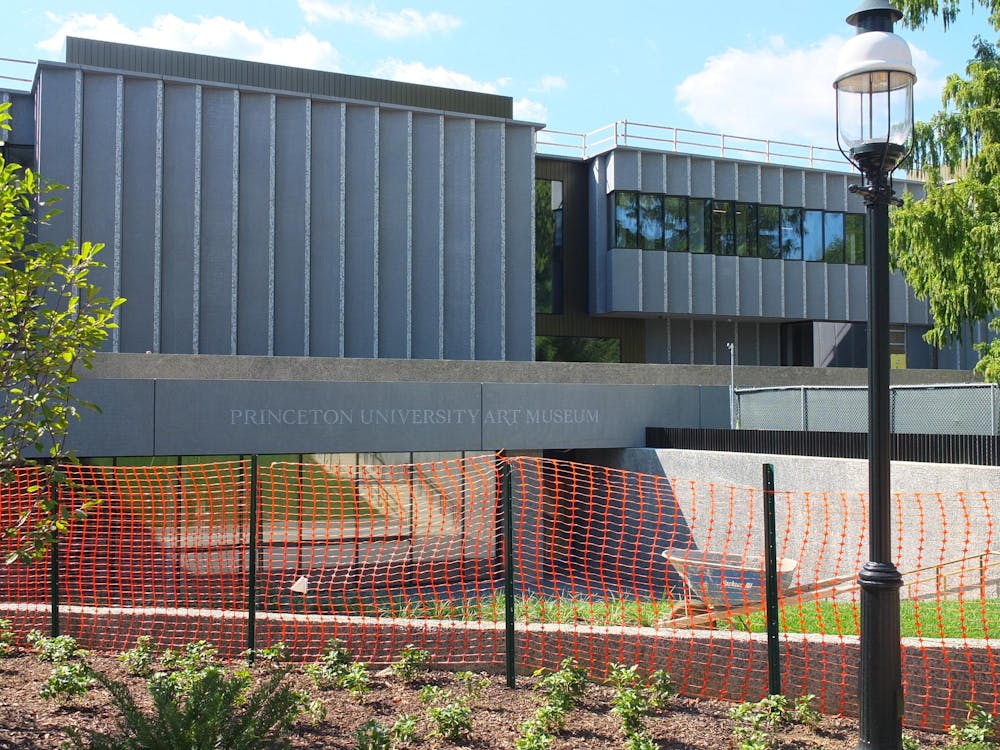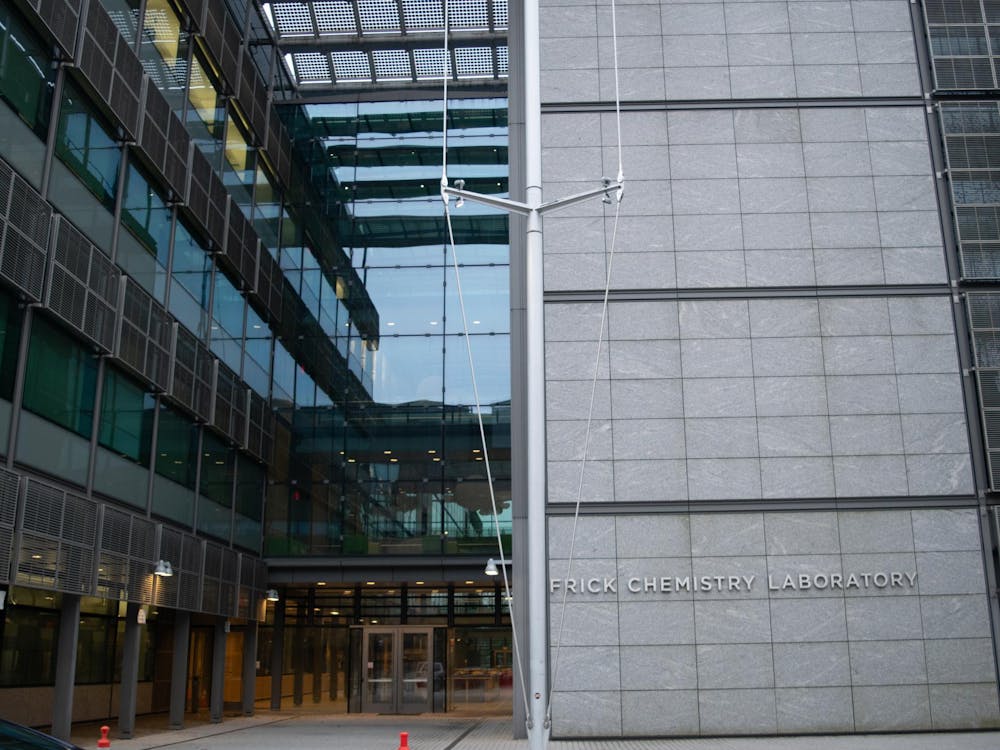Officials in the Manhattan District Attorney’s office have obtained an arrest warrant for Edoardo Almagià ’73, an art dealer who has been off-and-on investigated for art smuggling over the past two decades. At least a dozen objects linked to Almagià have resided in the University’s Art Museum in recent years.
The warrant was obtained by prosecutors on Thursday and first reported by the New York Times. It charges Almagià with fraud, conspiracy, and criminal possession of stolen property.
“This is absolutely ridiculous. If they want to put me on trial, let them do it,” Almagià told The Daily Princetonian in an interview. “We are getting to the point that whenever you touch an antiquity, you are a crook.”
Almagià is being investigated by the office’s Antiquities Trafficking Unit (ATU), which alleges that he has trafficked more than 2,000 stolen antiquities valued at almost $6 million. ATU’s investigation alleges that Almagià used tombaroli (tomb raiders) as a source to obtain stolen artifacts. He then allegedly sold and loaned the artifacts to various museums and collectors, including the Princeton University Art Museum.
The warrant alleges that Almagià worked with alleged tomb raider Mauro Morani. Between 1984 and 2001, Almagià transferred 26 antiquities looted by Morani valued at more than $450,000 to the University Art Museum, selling 14, donating six, and lending six.
Various Almagià-linked artifacts have been returned or seized from the University over the past decade and a half. In the spring of 2023, the District Attorney’s office seized ten artifacts connected to him from the art museum (four sold by him, four on loan from him, and two donated by other collectors, according to the warrant). Another two objects were returned from the museum over the summer. In 2011, the University also returned 16 Almagià-linked antiquities to Italy.
As of late September, 16 artifacts linked to Almagià remain in the University Art Museum, although the museum has unsuccessfully attempted to return some of them.
The warrant also claims that Almagià worked with the “complicit assistance” of former Art Museum curator J. Michael Padgett, who allegedly connected Almagià to other high-profile clients and curators in the art world, including former Art Museum director Allen Rosenbaum.

Padgett declined to comment to the ‘Prince,’ but wrote in a statement to the New York Times that he “was not criminally complicit with Edoardo Almagià or anyone else.” He retired from the Art Museum in 2021.
In 2000, Almagia was stopped at John F. Kennedy Airport with two stolen Italian frescoes in his suitcase, and law enforcement intercepted a shipment of five Italian antiquities to New Jersey that lacked documentation. In 2006, Italian officials also arrested him for receiving and illegally exporting stolen goods. Although the charges were later dropped due to the statute of limitations, an Italian court still requested that his artifacts be confiscated.
Almagià expressed to the ‘Prince’ that his current prosecution was unfounded, and claimed he had previously tried to return artifacts to Italian police when he discovered they were stolen.
“At the end, what can I say? The whole thing is a joke,” he said.

Miriam Waldvogel is an associate News editor and the investigations editor for the ‘Prince.’ She is from Stockton, Calif. and often covers campus activism and University accountability.
Katelynn Lee is a News contributor for the ‘Prince.’
Please send any corrections to corrections[at]dailyprincetonian.com.








